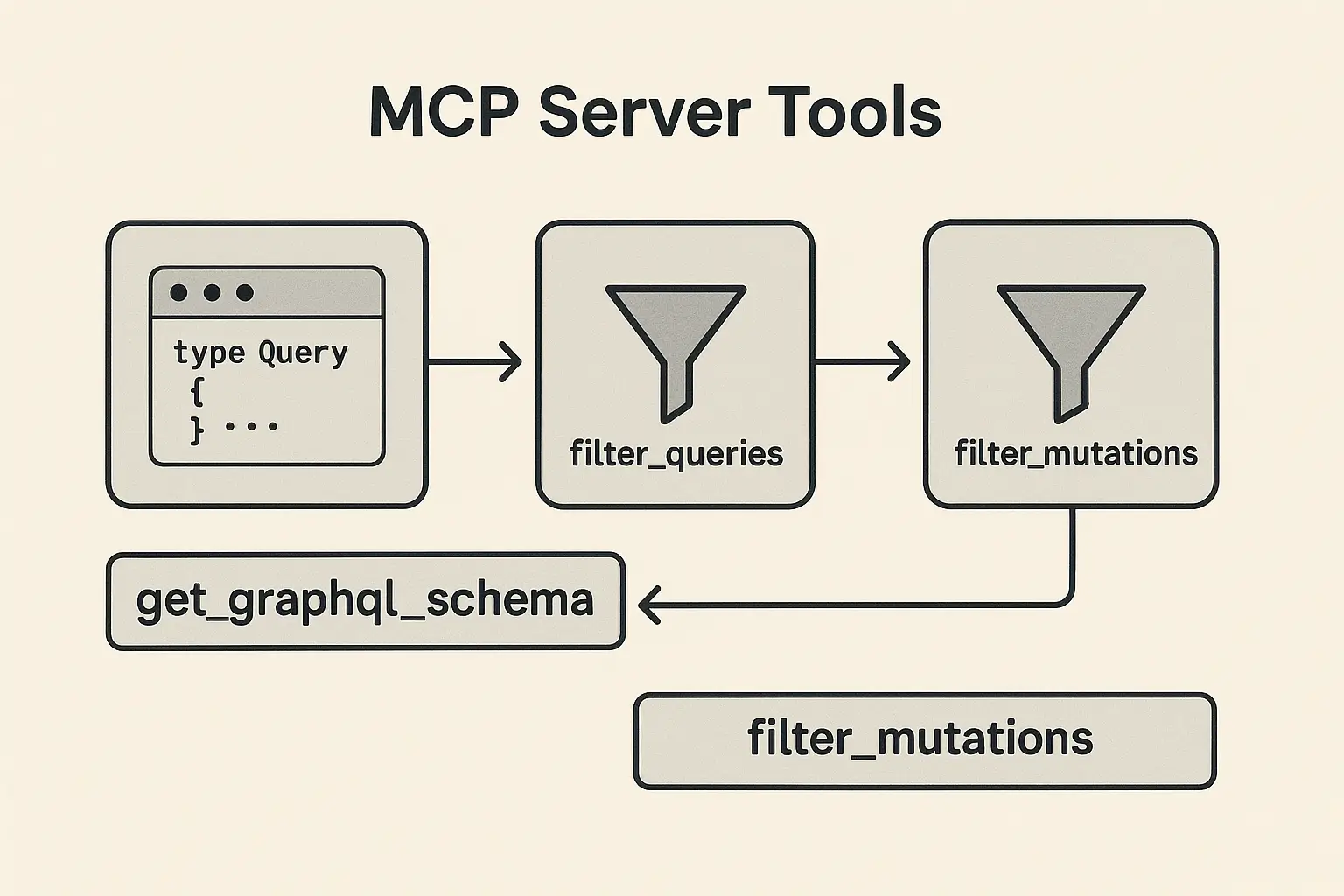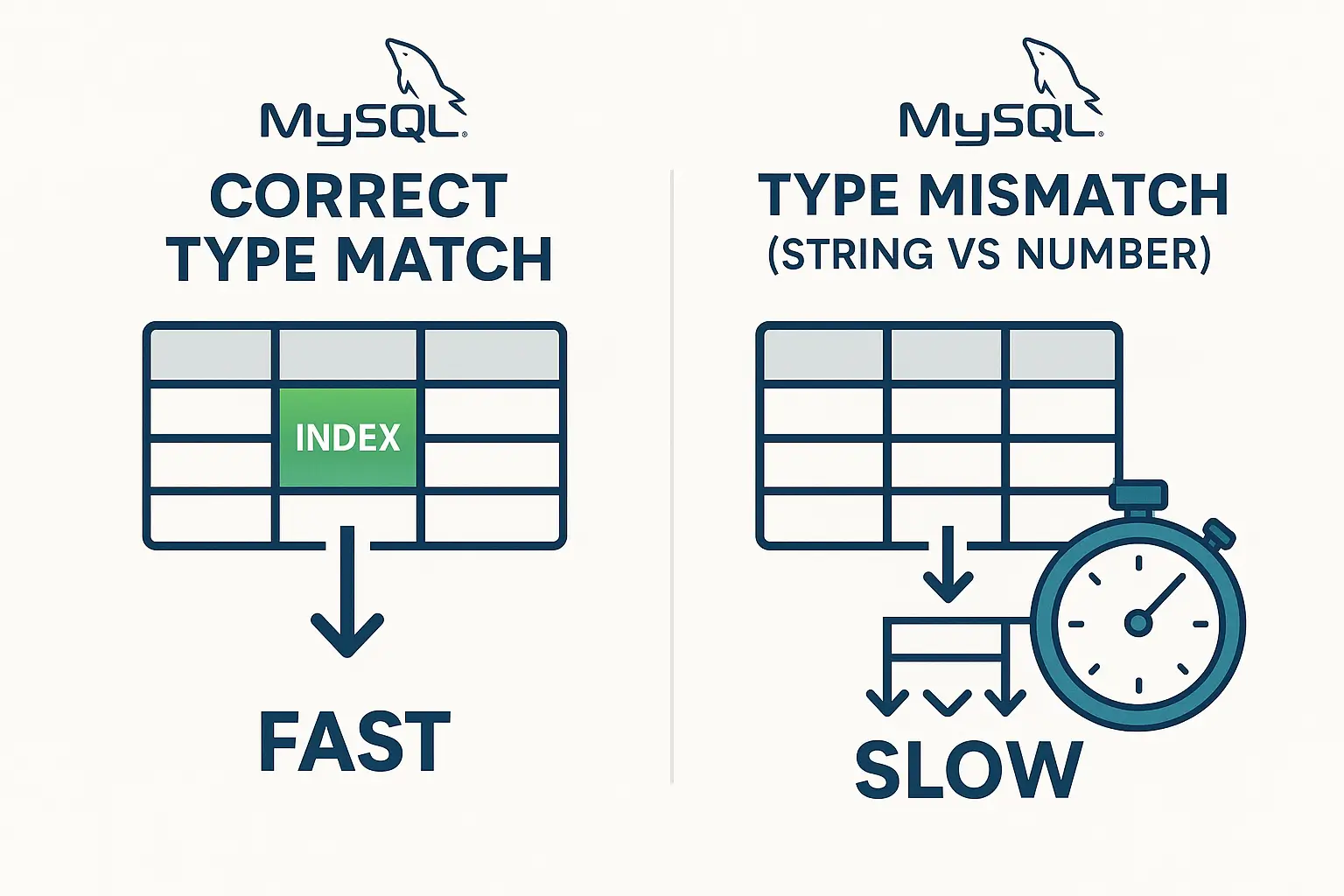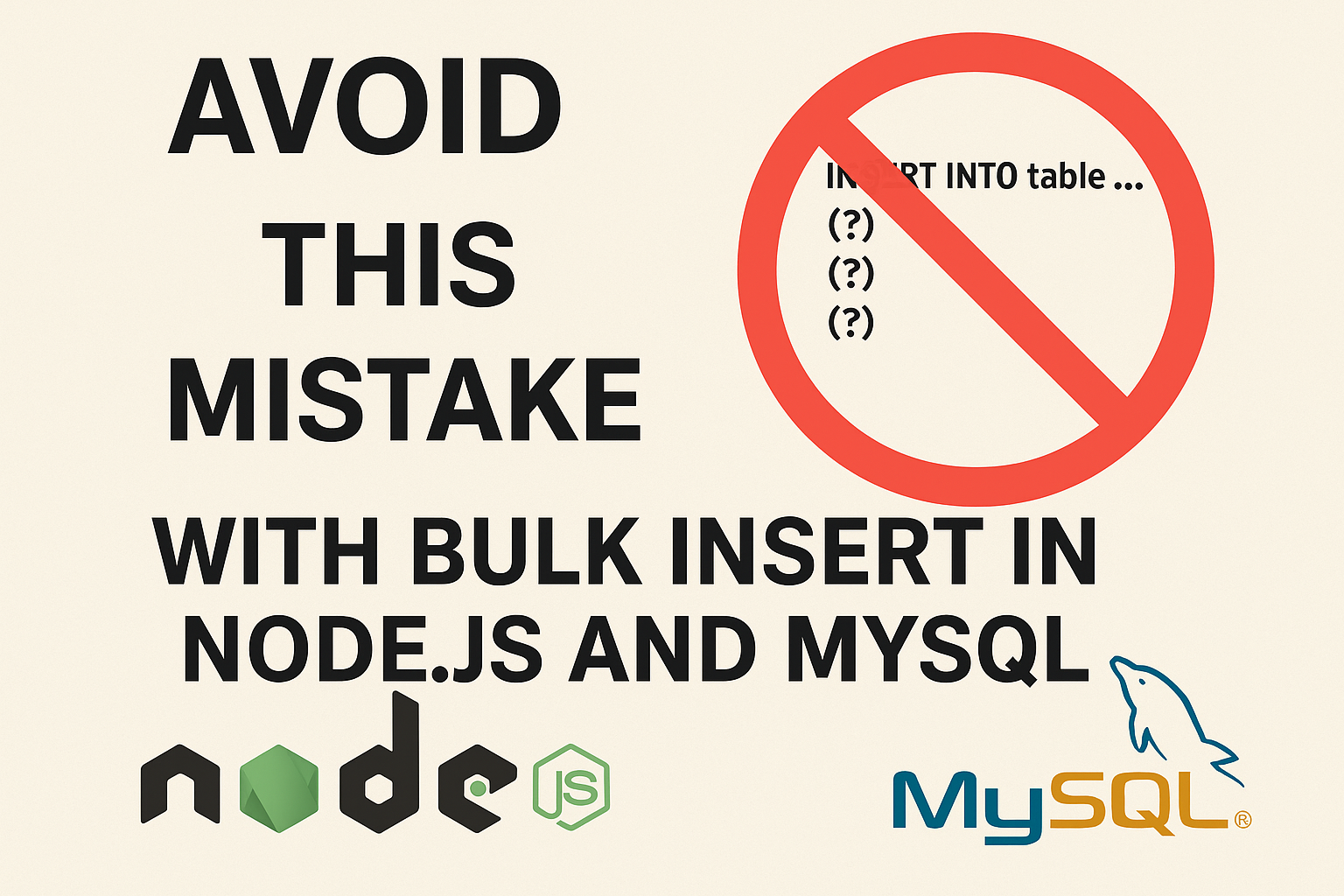Understanding Cookies: How They Work and How to Protect them?
Cookies are small pieces of data stored by your web browser while browsing the internet. They play a crucial role in web functionality, allowing websites to remember your login sessions, preferences, and even shopping cart items. But while cookies are convenient, they also present a risk if not properly protected—particularly if a malicious actor gains access to your cookies. If someone steals your cookies, they can effectively “become you” online, gaining access to your accounts and personal information.
In this blog, we’ll explore how cookies work, the dangers of cookie theft, and how you can protect your cookies and your online identity.
What are Cookies?

Cookies are simple text files that contain small pieces of information about your interaction with a website. Typically, they store:
- Session IDs: Unique identifiers to track your login sessions across different pages or visits.
- Preferences: Information like language settings, dark mode preference, or items in your shopping cart.
- Authentication Tokens: Some cookies hold authentication tokens that allow websites to recognize logged-in users without requiring them to log in again on every page.
These cookies are set by websites via the Set-Cookie HTTP header, and every subsequent request from your browser to that site includes the stored cookie, allowing the website to identify and maintain your session.
The Danger: What Happens If a Cookie is Stolen?
Cookies, especially those that store session identifiers or authentication tokens, are critical to maintaining your logged-in state. If a hacker can steal your cookies, they can effectively impersonate you on the site that issued the cookie. This is known as session hijacking or cookie hijacking.

Here’s how it works:
- Attacker Steals Cookie: An attacker uses techniques like network sniffing, Cross-Site Scripting (XSS), or malware to steal your cookies.
- Attacker Uses Stolen Cookie: The attacker can then use the stolen cookie in their browser or tool to authenticate themselves as you without needing your password.
- Attacker Gains Access: Once authenticated, the attacker can access your account, steal personal data, make unauthorized purchases, or even change account settings.
How Do Hackers Steal Cookies?
Some common methods attackers use to steal cookies include:
- Cross-Site Scripting (XSS): Malicious scripts injected into a webpage can trick your browser into sending your cookies to an attacker.
- Session Hijacking via Public Wi-Fi: When you’re connected to an insecure public network, attackers can intercept your cookies via Man-in-the-Middle (MITM) attacks or network sniffing.
- Malware: In some cases, malware installed on your device can read and transmit your cookies to an attacker.
- Session Fixation: An attacker tricks you into using a pre-determined session ID, which they control, effectively letting them hijack your session.
How to Protect Your Cookies
Fortunately, there are several ways to protect yourself from cookie theft and session hijacking. Both developers and users can take steps to enhance cookie security.
For Developers: Best Practices to Secure Cookies
- Use the HttpOnly Flag
TheHttpOnlyflag prevents JavaScript from accessing the cookie, reducing the risk of theft via XSS. By setting this flag, you limit the cookie’s exposure to the client-side environment.
Set-Cookie: sessionId=abc123; HttpOnly- Enable the Secure Flag
TheSecureflag ensures that cookies are only sent over HTTPS connections, protecting them from being transmitted over insecure channels like HTTP.
Set-Cookie: sessionId=abc123; Secure- Implement SameSite Attribute
TheSameSiteattribute helps prevent Cross-Site Request Forgery (CSRF) attacks by limiting how cookies are sent with cross-site requests.
Set-Cookie: sessionId=abc123; SameSite=StrictThere are three possible values for SameSite:
- Strict: Cookies are not sent with cross-site requests.
- Lax: Cookies are sent with cross-site top-level navigation requests (but not third-party contexts).
- None: Cookies are sent with all cross-site requests (not recommended unless necessary).
- Short-Lived Session Cookies
Set cookies to expire after a short period or after the user closes the browser (session cookies). This minimizes the window of opportunity for an attacker to use stolen cookies. - Rotate Session Tokens Frequently
Regenerate and rotate session tokens after login or periodically during the session to reduce the risk of session hijacking. - Implement Multi-Factor Authentication (MFA)
Even if an attacker steals a session cookie, MFA adds another layer of security, requiring them to provide additional authentication factors (like a code sent to your phone) before gaining access.
For Users: How to Safeguard Your Cookies
- Avoid Public Wi-Fi for Sensitive Actions
Public Wi-Fi is notoriously insecure. Avoid logging into your accounts or performing sensitive activities when connected to public networks. If necessary, use a VPN to encrypt your connection. - Log Out from Public or Shared Computers
Always log out of your accounts when using public or shared computers. This will invalidate the session cookie, reducing the risk of someone using it after you leave. - Use a Browser with Enhanced Security
Use browsers like Firefox or Chrome, which have built-in security features and extensions to help block trackers, malicious scripts, and cookie theft. - Clear Cookies Regularly
Clear your browser’s cookies regularly to prevent old session tokens from being exploited. Most browsers allow you to do this in the settings under privacy and security options. - Keep Your Browser and Software Up to Date
Regular updates to your browser and operating system patch known vulnerabilities that could otherwise be exploited to steal your cookies.
Conclusion
Cookies are a fundamental part of the modern web, but they come with security risks, especially if they are not adequately protected. A stolen cookie could give an attacker full access to your online accounts, making it critical to understand how to safeguard your cookies. By implementing best practices like HttpOnly, Secure, and SameSite flags, developers can significantly reduce the risk of cookie theft, while users can take simple actions like avoiding public Wi-Fi and clearing cookies to stay protected.
Taking these proactive measures will help ensure your cookies—and your online identity—are safe from malicious actors.
Stay secure!





